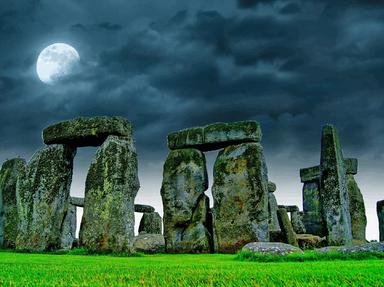
A-Hunting We Go in Merry Old England Quiz
Welcome! In this quiz, you are presented with fifteen names of tribes and small states of medieval Europe. Your task is to pick the ten that existed in Anglo-Saxon England (410-1066). Enjoy!
A collection quiz
by DeepHistory.
Estimated time: 3 mins.
- Home
- »
- Quizzes
- »
- History Trivia
- »
- European
- »
- UK History